Until recently, radiographic data have primarily been used as a diagnostic tool, but such use only skims the surface of data’s full potential .While imaging still has its diagnostic value, clinical applications of radiographic data have evolved, especially since the advent of cone-beam computed tomography (CBCT).Combined with other forms of imaging like intraoral scanners and three dimensional intraoral images, CBCT data have become a formidable driver in the creation of surgical guides, pre-surgical templates, tools for mock surgeries and creation of the “virtual patient” This issue presents to the readers the imaging modalities used earlier and now at present the value of diagnostic imaging and attempts to familiarize them with the aforementioned uses..Radiographic data, especially from a 3D perspective, have taken on a far greater role in the integration of clinical concepts and delivery of dental implantology.
The next revolution of imaging data might investigate concepts such as ironing out the difference in pixel resolution, seamless data acquisition and integration of photographic radiographics and scanning data within the dental practice. For some of these, the tools may already be available but wide applications of these concepts are still emerging.
The radiographic data, of course, have been a key factor in dental implantology. As we continue to utilize these data, we must remain cognizant of having adequate checks and balances of technology transfer, radiation dose reduction and affordable and patient friendly dental implantology. This will ensure a win-win for both providers and patients.

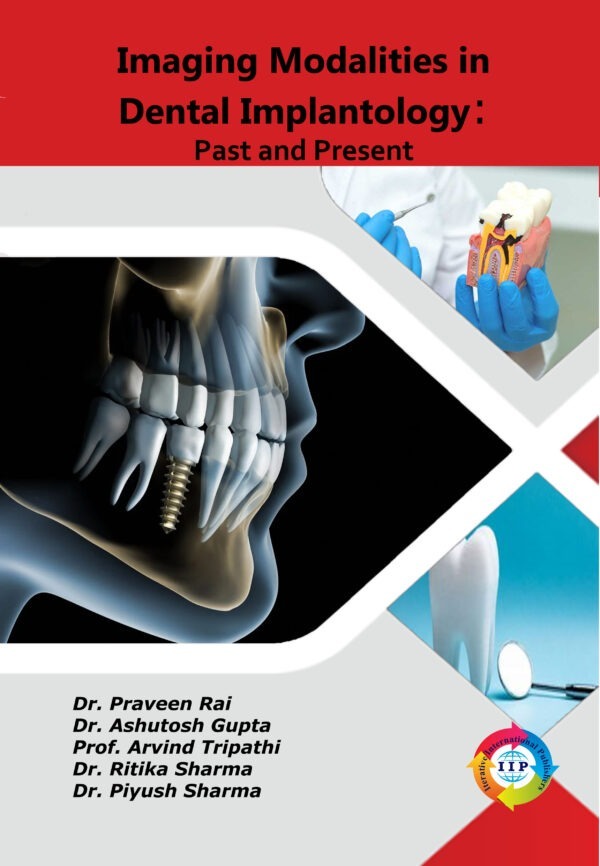

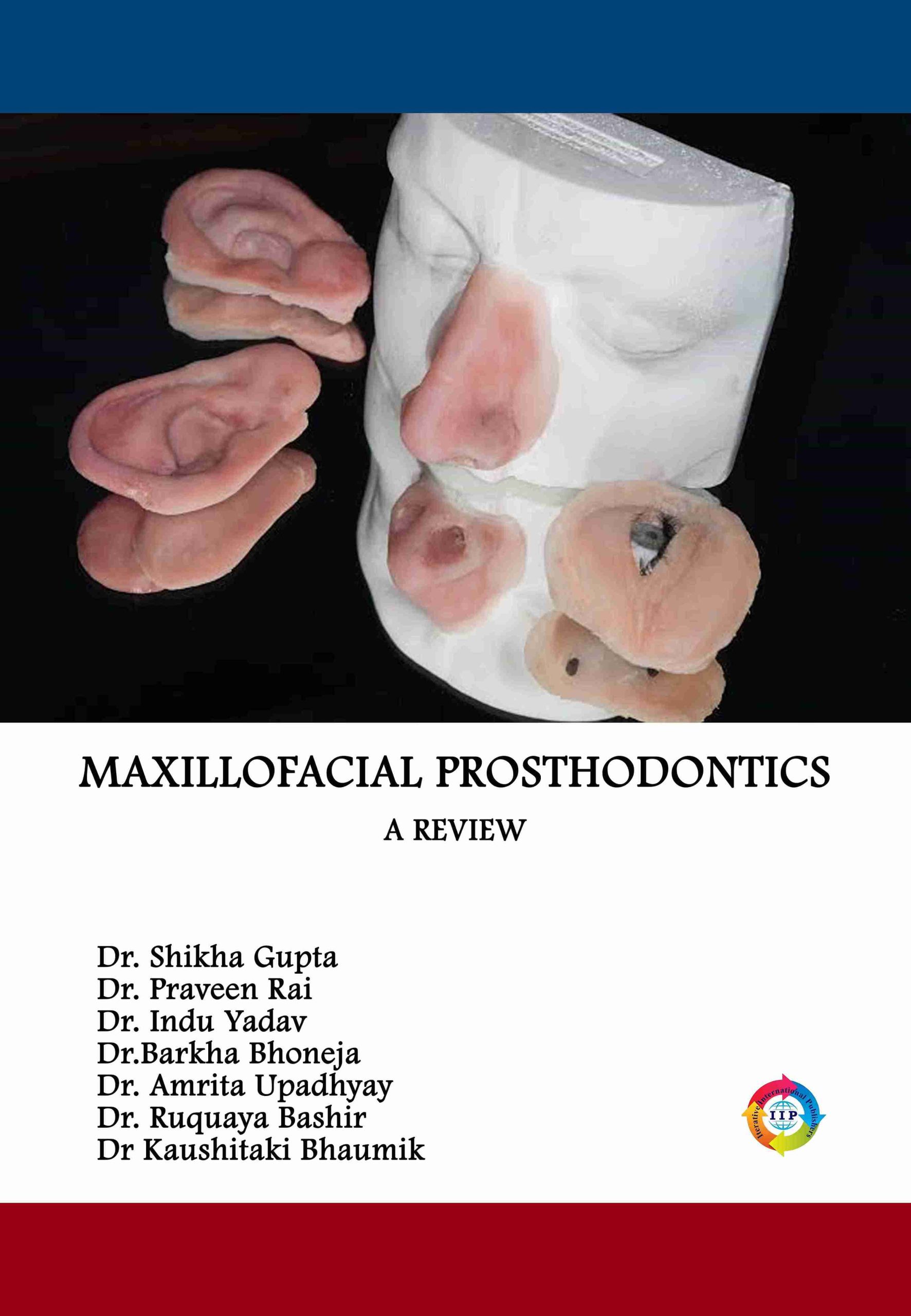
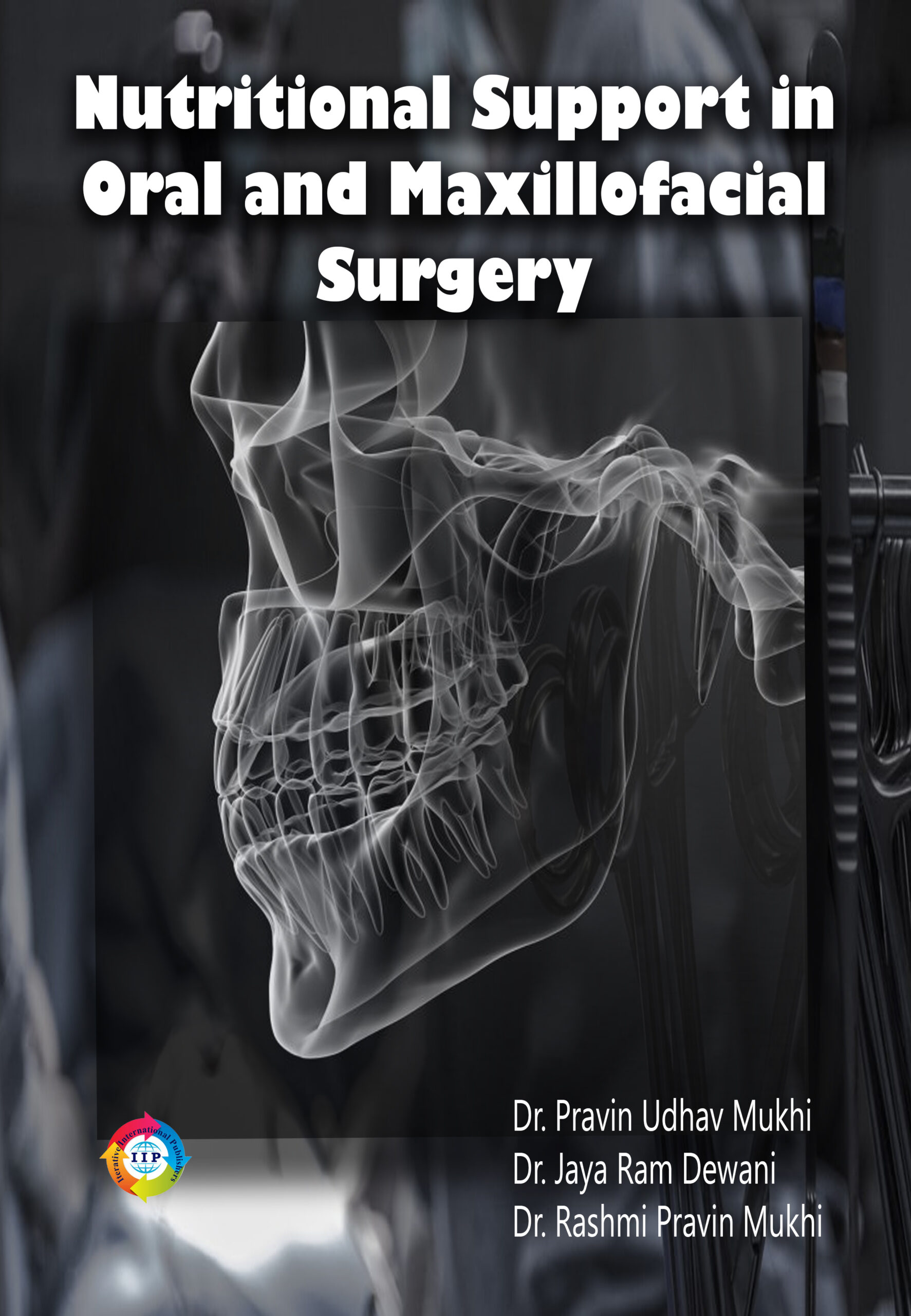

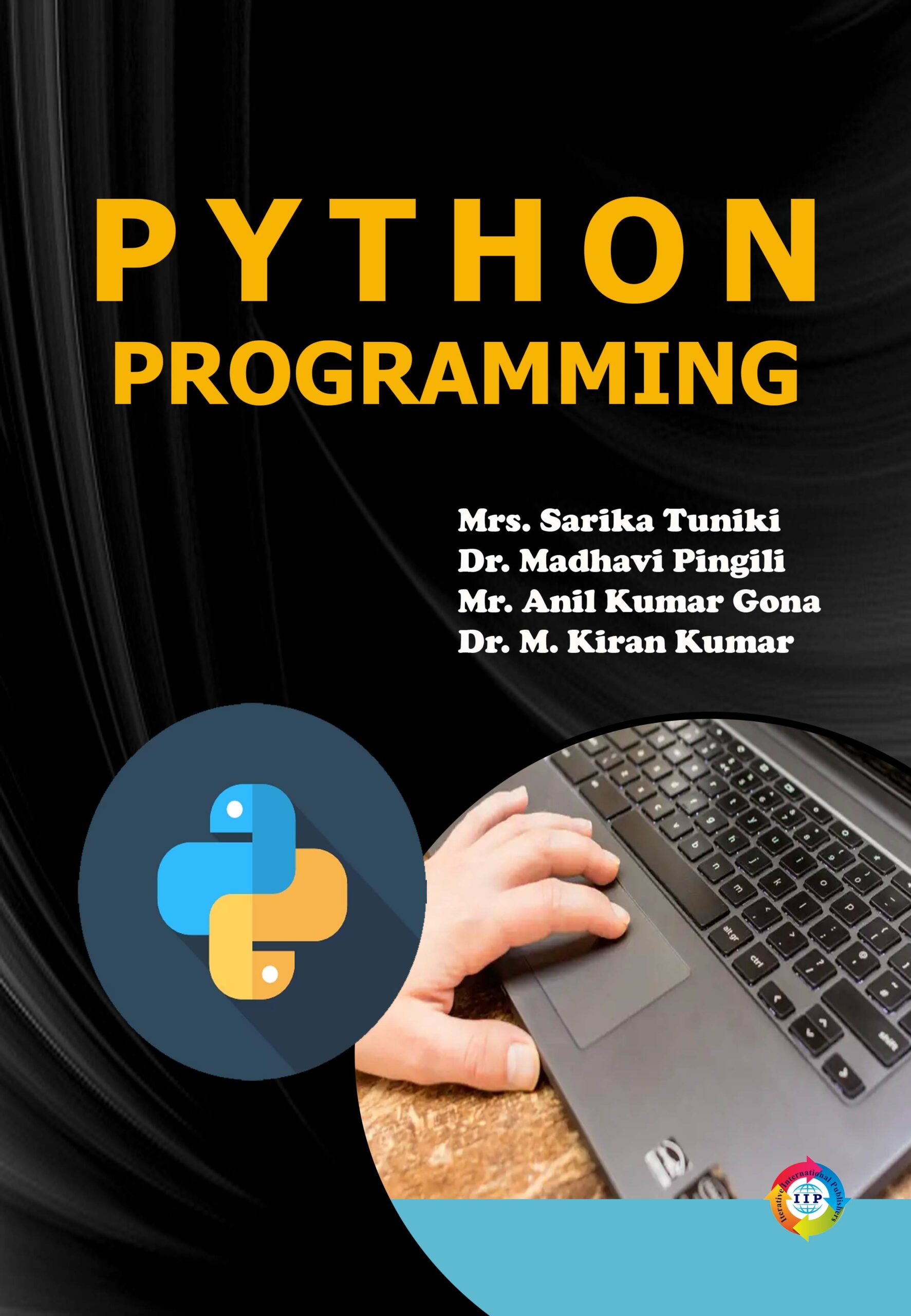


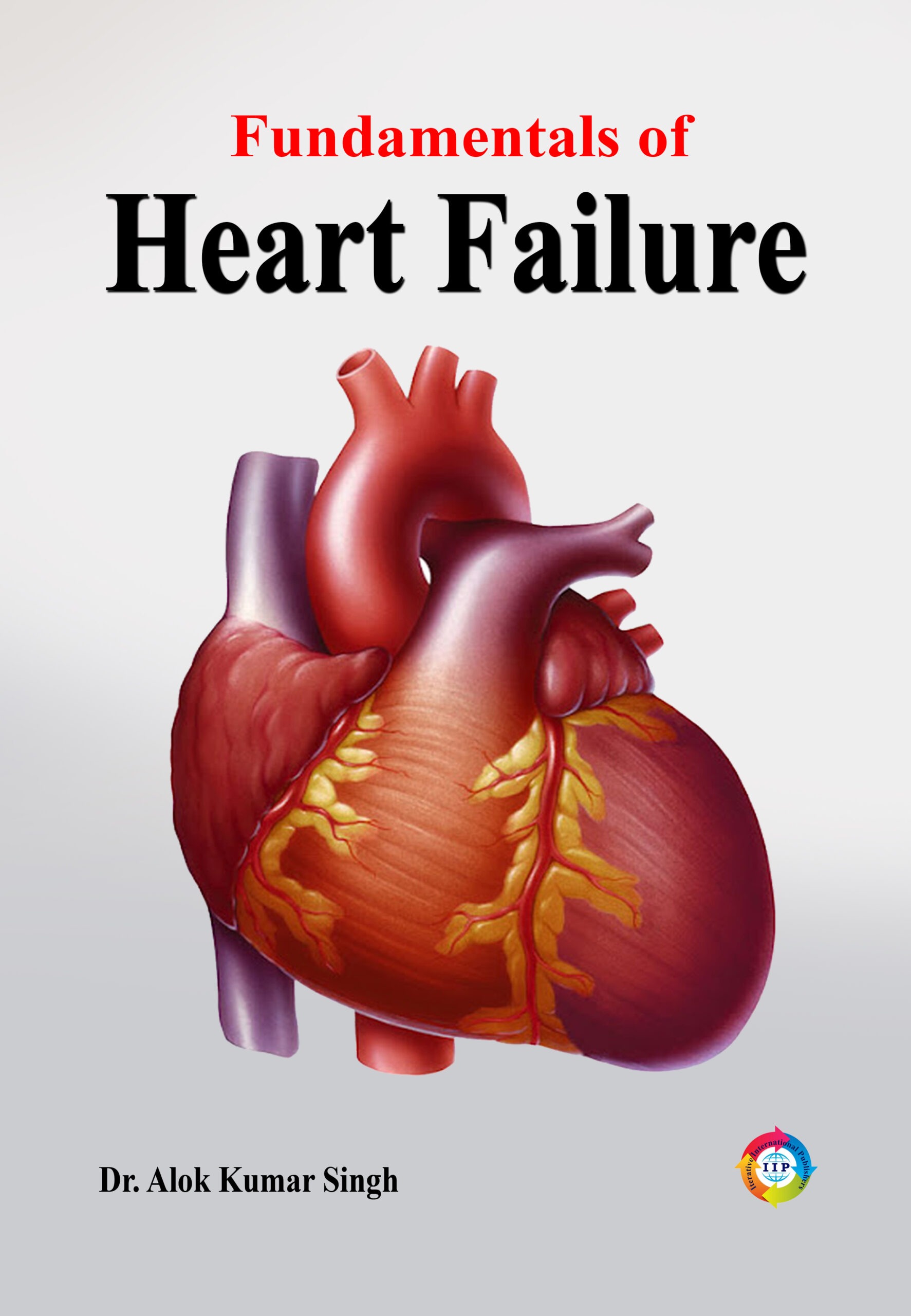
Reviews
There are no reviews yet.